To me, nothing is more amazing than a day at the beach, and I bet there are a lot of people out there who agree.
The summertime is synonymous with heading to the shore, sunbathing, splashing around in the waves, and building sandcastles — as long as they are built safely!
But were our ancestors as excited to sit in the sun and catch waves as we are?
Along with the evolution of surfing, water sports, tanning, and swimsuits, the beach has morphed into a place to play, primp, and socialize all at once. So what did people do at the beach before all that?
As it turns out, the beach wasn't always the entertaining destination that it is today — in fact, many people were afraid of it.
But eventually, people did start to travel to the edges of their respective cities to see the water, but not to do the normal beach activities you would expect!
Scroll through below to see the strange origins of trips to the beach — the history will surprise you!
[H/T: The Washington Post]
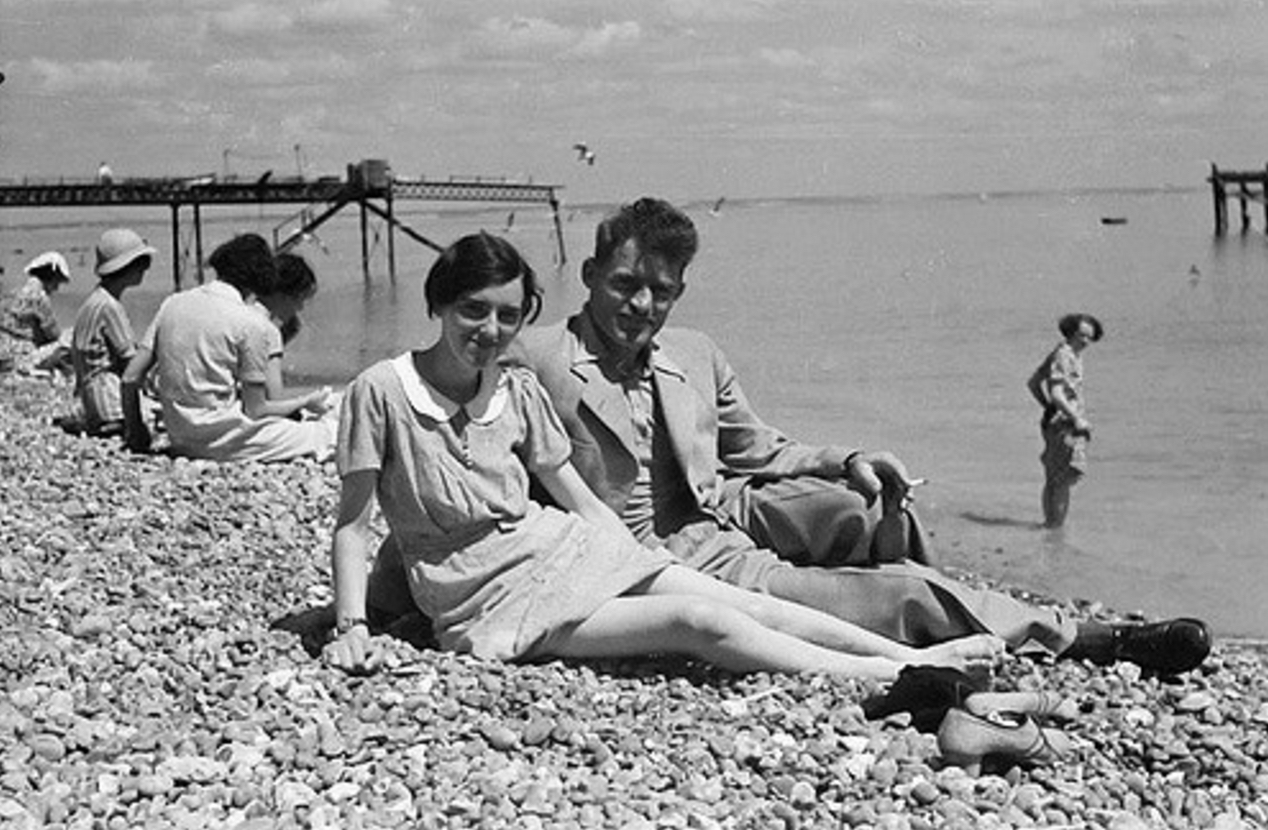
Today, we associate the beach with sun, sand, and relaxation — but people didn't always find the shore so enjoyable!
According to Daniela Blei's essay on Smithsonian.com, the beach “stirred fear and anxiety in the popular imagination” and was “synonymous with dangerous wilderness; it was where shipwrecks and natural disasters occurred.”
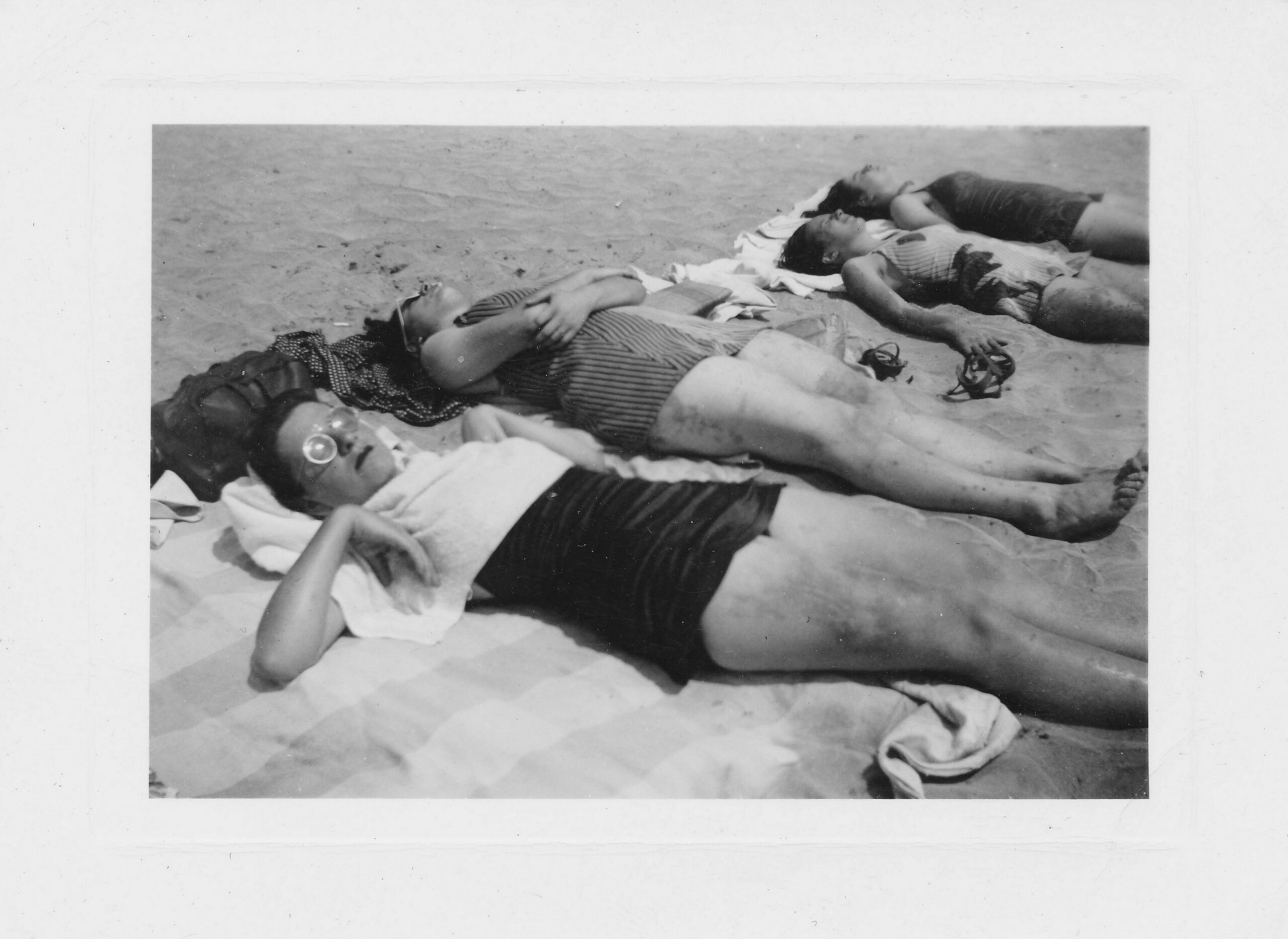
Before the 1700s, the water was generally viewed in religious and literary texts as an unfriendly environment.
In Roman literature, the sea was home to the raging and erratic forces while most of Shakespeare’s mentions of the ocean connect to storms, tempests, and shipwrecks.
It wasn't until the 17th century that artists and poets began to, quite literally, paint the sea in a more calming and serene light.
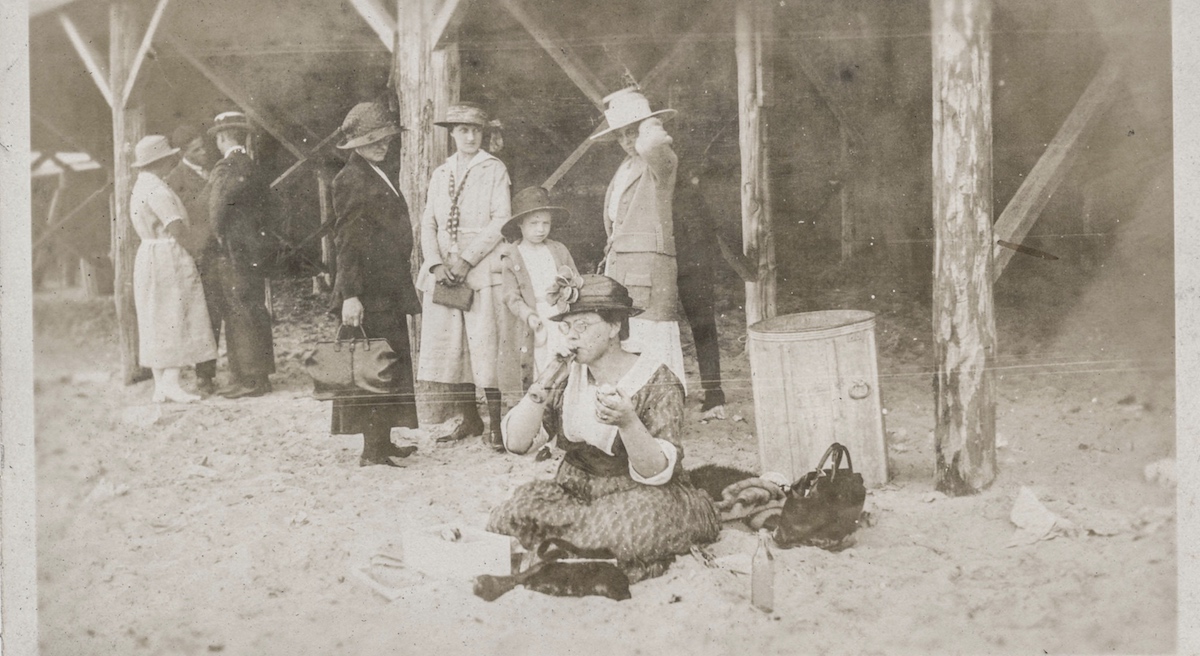
Though the ocean slowly gained a better reputation, the concept of a day at the beach wasn't introduced until the 1800s in England when doctors began to prescribe bathing in the sea as a cure for several ailments.
Back in the day, doctors attributed conditions like “melancholy” to an excess of "black bile" in the body, which made people depressed, sluggish, and introverted.

The ailment stemmed from teachings dating back to ancient Roman times.
Robert Burton, the English scholar who wrote The Anatomy of Melancholy, suggested that it could be treated by traveling to new landscapes, dipping your body in the cold sea, and shocking the melancholy out of your system.
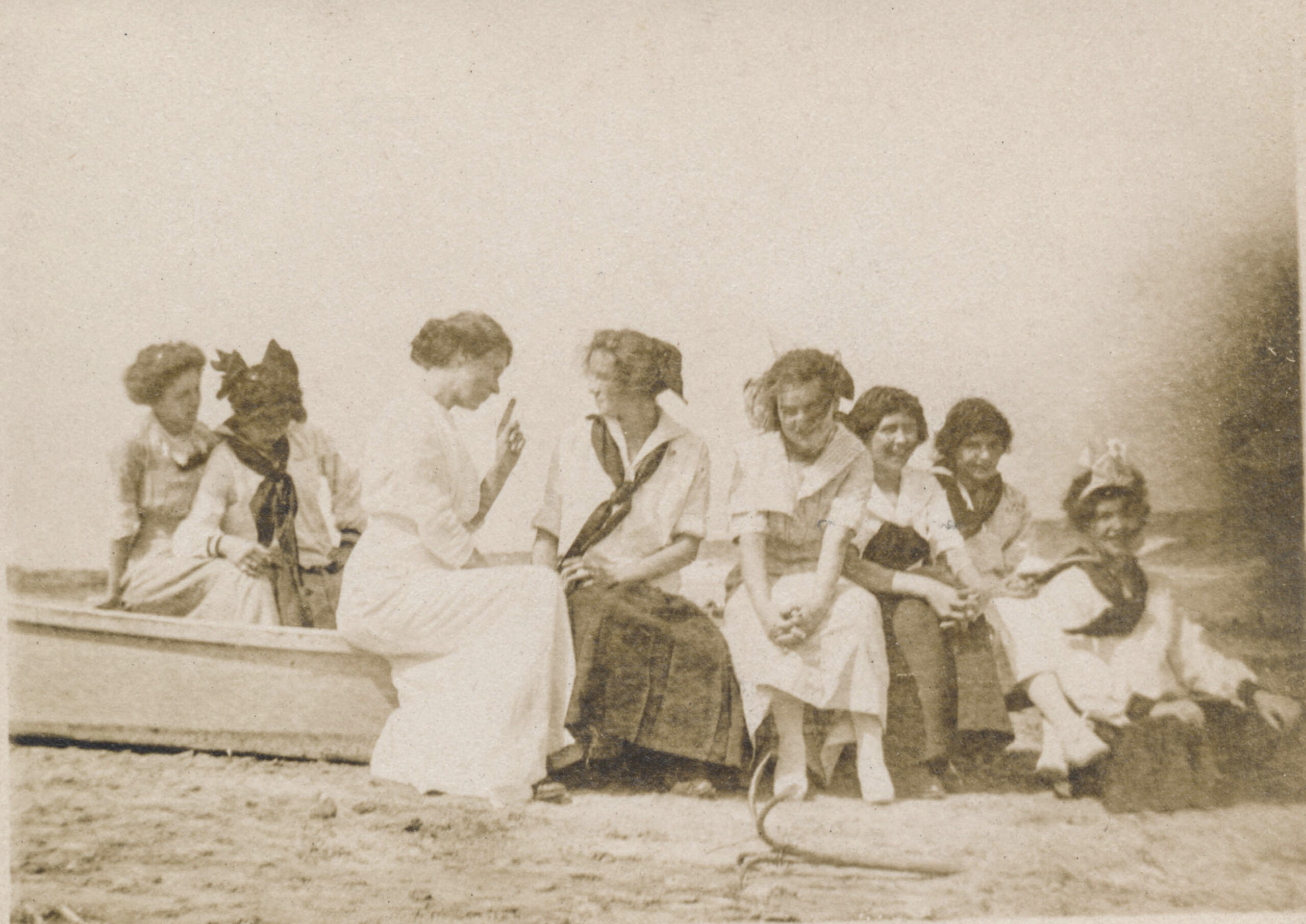
This idea inspired doctors to tell their patients to head to the beach and shock the ailments out of their bodies.
They would detail to them how they should submerge their bodies and for how long.
British women even had special bathing attendants, who would submerge them underwater just as the waves broke — this was said to "toughen up" sickly patients.

Though it was largely viewed as a necessary trip for patients' health, days at the beach still weren't viewed as a leisurely pastime.
This was until more affluent individuals like the Prince of Wales began to visit the beach for health reasons.
The trend spread among Britain's upper class who wanted to keep up with the habits of the wealthy and famous.
Additionally, the rise of industrialization and factories meant that cities became more smoggy and polluted, prompting people to want to head to the shore for some fresh air.
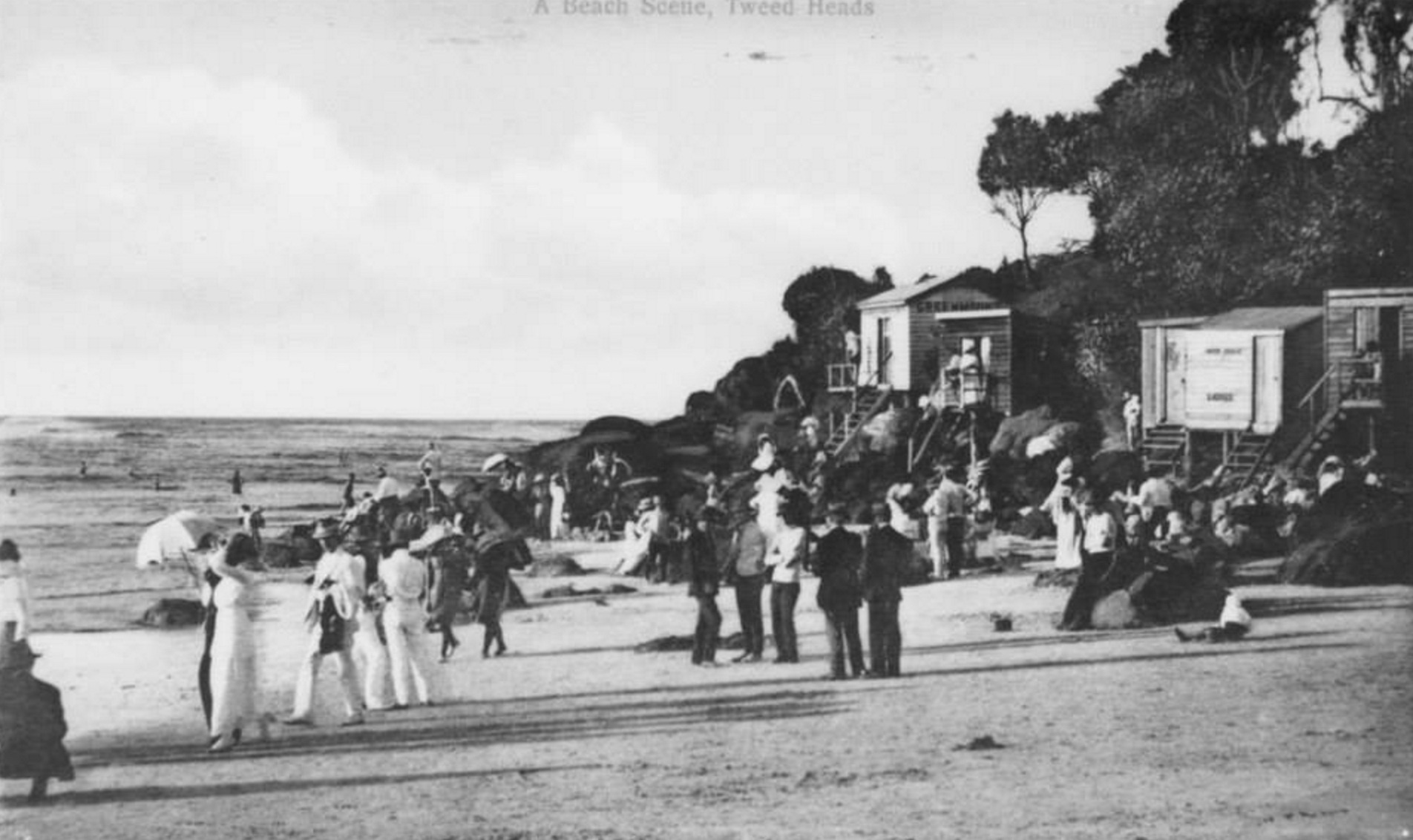
By 1840, trips to the beach were the new exotic novelty among the masses.
Railroads were built toward beaches so that city-goers could escape the drudgery of the everyday.
The British pastime eventually spread to other parts of the continent — and the world!
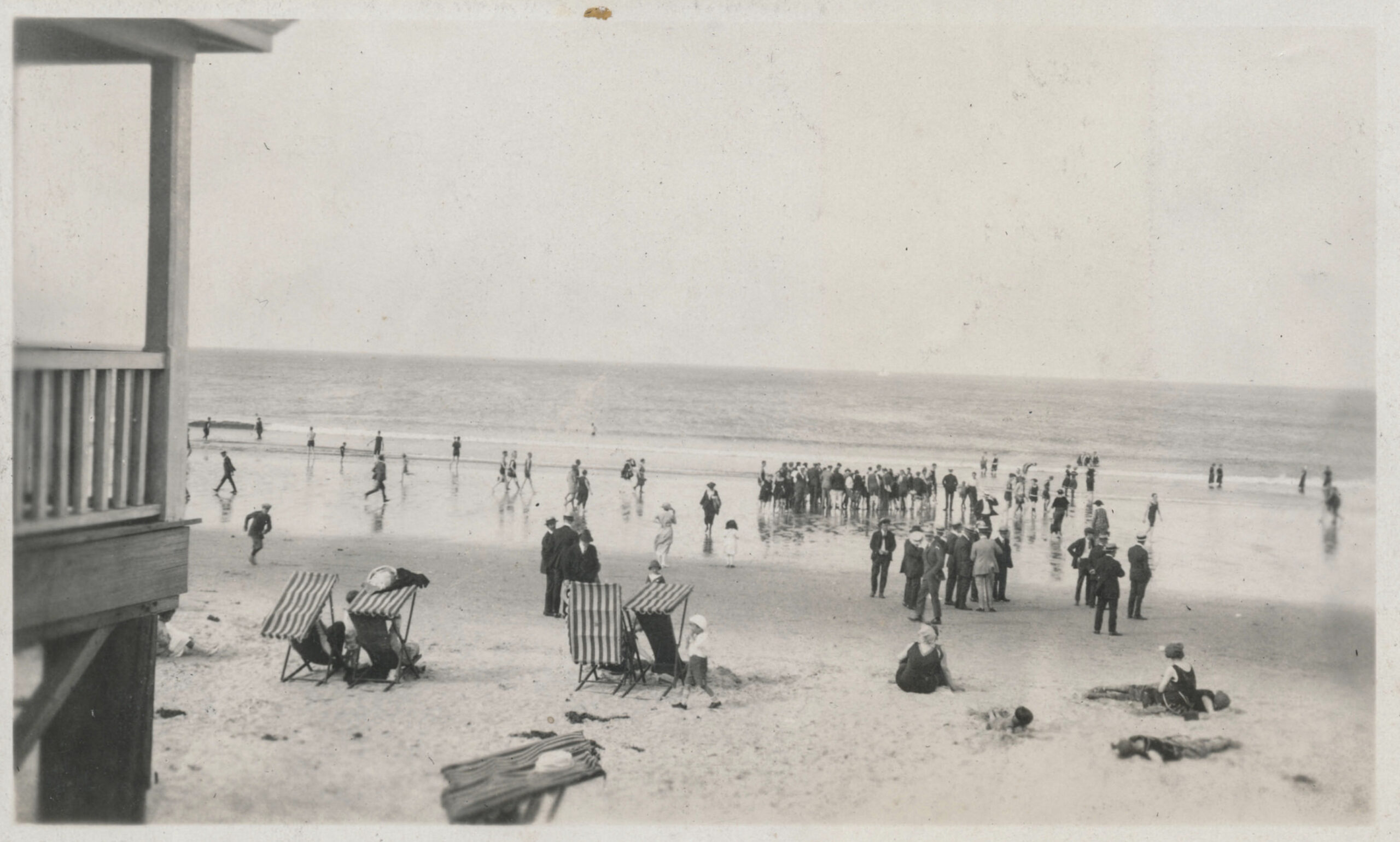
By the 20th century, the idea of a relaxing day at the beach was embedded in our culture.
And though it is no longer used to cure any illnesses, the idea that a fun day at the beach will brighten your mood still holds true today.
So the next time you are at the beach, you can impress your friends with insight into how we started visiting the shore to relax and play.
If you love heading to the beach in the summer for some fun, make sure to SHARE this with friends and family on Facebook!




